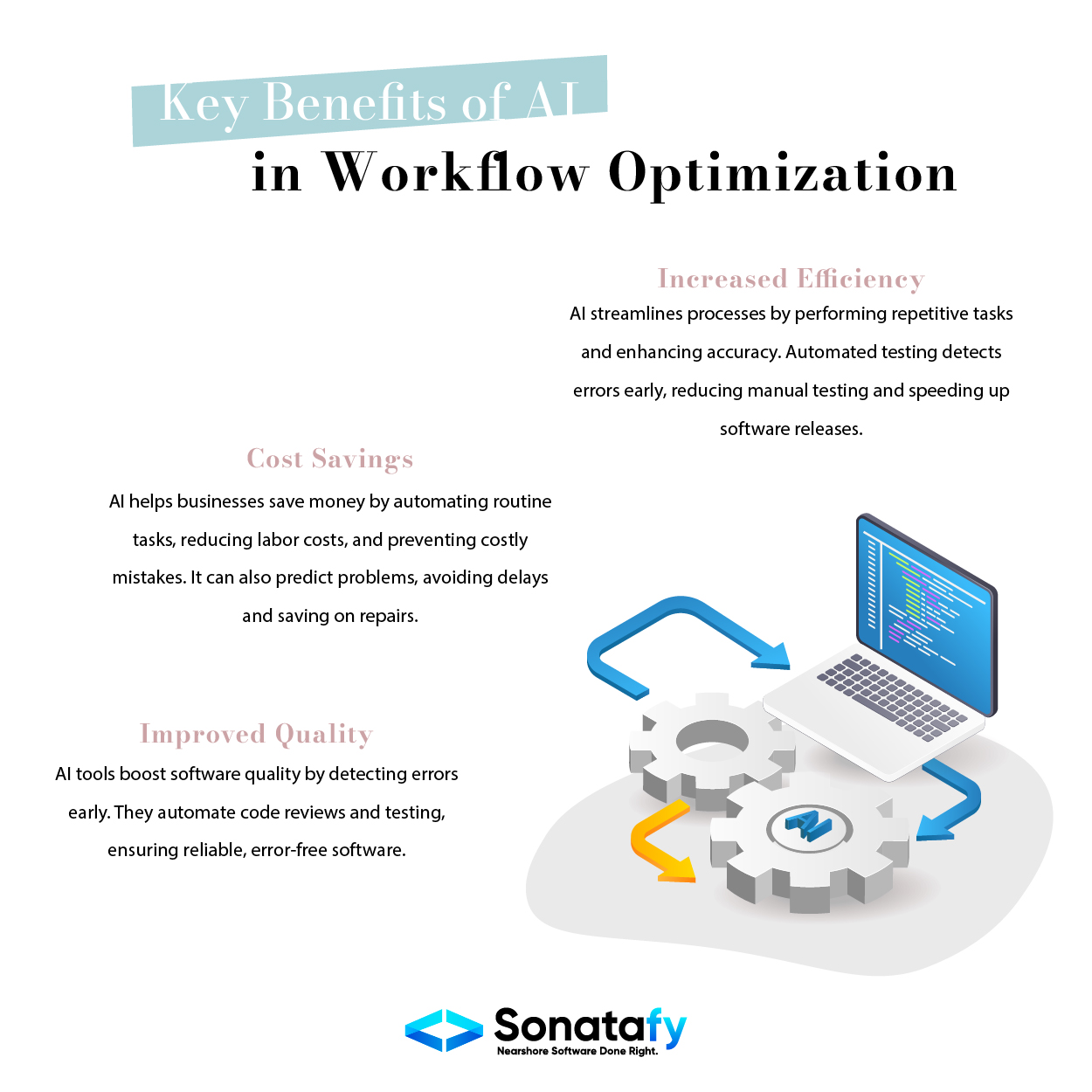With the integration of Artificial Intelligence, customer journey mapping has become one of the most impactful changes in the software development industry. A customer journey map shows how customers interact with a product or service. Thanks to AI, this method has improved insights and predictions, ultimately benefiting customers and organizations.
The Importance of Customer Journey Mapping
To improve customer experience, companies must map out their journey, which means understanding their customers’ needs, likes, and dislikes by putting themselves in their customers’ shoes. This map touches everything from the first time they find out about you through getting involved with your stuff to the support they get after buying. By following these measures, businesses can adjust their strategy to ensure their clients are satisfied and devoted.
How AI Enhances Customer Journey Mapping
Using AI in customer journey mapping has brought about some cool improvements. It helps gather more precise data, allows for better analysis, and leads to more personalized experiences. Here’s how:
Data Collection and Integration
Websites, social media, and CRM systems can all provide AI with a wealth of data. This data can then be combined to give a complete picture of the customer journey. For example, AI can monitor user behavior on websites, social media posts, and customer support exchanges to get a full picture of the situation.
Predictive Analytics
Predictive analytics is a powerful feature of artificial intelligence. It can predict future events based on historical data. This allows companies to identify their customer’s needs and wants and address problems before they arise. For example, companies can find out why AI detects a specific number of people abandoning online shopping.
Personalization
AI is excellent because it makes everything super personal for each customer. It offers personalized recommendations and deals after analyzing your existing purchases and interests. It’s like having your own customer who knows exactly what you want. So, if you’re a sports fan and have purchased sports equipment in the past, the AI can recommend new products or give you workout tips based on your browsing history.
Fundamental AI Technologies in Customer Journey Mapping
AI plays a significant role in improving customer journey mapping. Here are a couple of important ones.

Machine Learning (ML)
Identifying patterns and trends requires using machine learning algorithms to process and analyze large data sets. ML can continuously learn from new data, improving the accuracy of customer journey maps over time. This technology is needed to predict what consumers like and how they behave.
Natural Language Processing (NLP)
Natural Language Processing (NLP) helps in understanding and analyzing human language. It analyzes social media interactions, surveys, and customer feedback. NLP is essential for improving customer experience because it can recognize everyday data and predict customer emotions and thoughts.
Chatbots and Virtual Assistants
AI chatbots and virtual assistants improve customer interactions by providing fast, personalized responses. These technologies can help users with various applications, answer a wide range of customer questions, gather important information about their preferences and feedback, and then use this data to drive the customer experience again.
Implementing AI in Customer Journey Mapping
Using AI in customer journey mapping needs an intelligent approach. Check out this step-by-step guide:
Define Objectives
It’s essential to set specific goals before you start experimenting with AI. What do you want to achieve with AI-driven customer journey mapping? Clear objectives will guide the process, whether improving customer satisfaction, increasing revenue, or preventing customers from leaving.
Data Collection and Preparation
Collecting high-quality data is the foundation of effective AI integration. Ensure the data is clean and organized and you have access to multiple data sources. Eliminating irrelevant information and ensuring that data is correct and current are two components of data preparation.
Choose the Right AI Tools
Remember that picking the right AI tools and tech is super important. When choosing AI solutions, think about what you want to achieve and what your business needs. There are many different AI platforms and technologies, each with advantages. Look into them for their capabilities, ease of integration, and potential for corporate growth.
Develop and Train Models
Once you’ve got the right tools, start creating AI models that fit your needs. This means training the models using your data. The quality of the data you use to train it and how you plan to use it will determine how well the AI model turns out. Monitor these drawings and update them frequently for accuracy and functionality.
Integration and Testing
Integrate the AI models into your existing systems and workflows. Conduct thorough testing to ensure they function correctly and deliver the desired outcomes. This phase is critical for identifying and resolving any issues before full-scale deployment.
Monitor and Optimize
AI application is a continuous process. Analyze your AI model’s performance and make any necessary changes. Update your models frequently with new data to improve their precision and relevance. Optimization aims to constantly improve the effectiveness of your AI-powered customer journey mapping.
Advantages of Customer Journey Mapping Enhanced by AI
Using AI in customer journey mapping has a lot of advantages.
Improved Customer Insights
AI helps businesses better understand their customers by determining what they like and how they behave. This allows companies to adjust their plans accordingly.
Enhanced Customer Experience
With AI, companies can deliver personalized experiences, increasing customer loyalty and happiness. Prompt support, quality products, and customized recommendations make customers feel appreciated and understood.
Increased Efficiency
AI makes things much easier by handling data collection and analysis, saving time and effort. This means businesses can spend more time making important decisions than dealing with data manually.
Proactive Problem Solving
Predictive analytics helps businesses predict and deal with problems before they become big. By anticipating and fixing potential issues before they become serious, companies can enhance customer experience.
Challenges and Considerations
While AI offers many fantastic benefits, there are some things to consider.
Data Privacy
Collecting and analyzing customer data may raise privacy concerns for some individuals. We need to follow data protection regulations and clarify how we use their information for customers.
Implementation Costs
AI solutions are pricey, especially for small businesses. However, the benefits usually make the upfront cost worth it in the long run.
Integration Complexity
Adding AI to current systems can be complicated and require significant changes to how things are done. You need the necessary capabilities and a solid system to make that work.
The Future of AI in Customer Journey Mapping
AI’s potential for use in customer journey mapping is promising. We may anticipate more sophisticated and precise client journey maps as AI technologies develop. AI will better comprehend and forecast customer behavior due to developments like deep learning and sophisticated natural language processing.
Thanks to artificial intelligence (AI), companies will be able to respond faster to client requests and preferences. This capacity for real-time reaction will totally change how better customer experiences are delivered.
Conclusion
The way customers experience things is changing because of AI. It gives better insights, more flexibility, and improved efficiency. Using AI and understanding the customer journey can make customers happier and keep them returning. Companies can invest in an AI-powered customer journey map to stay competitive in the digital age. This smart move can make a difference in a company’s success. As we keep working with AI, there are many chances to improve the customer journey.




